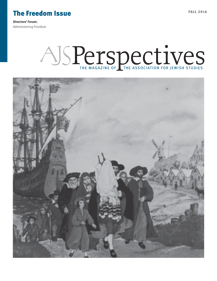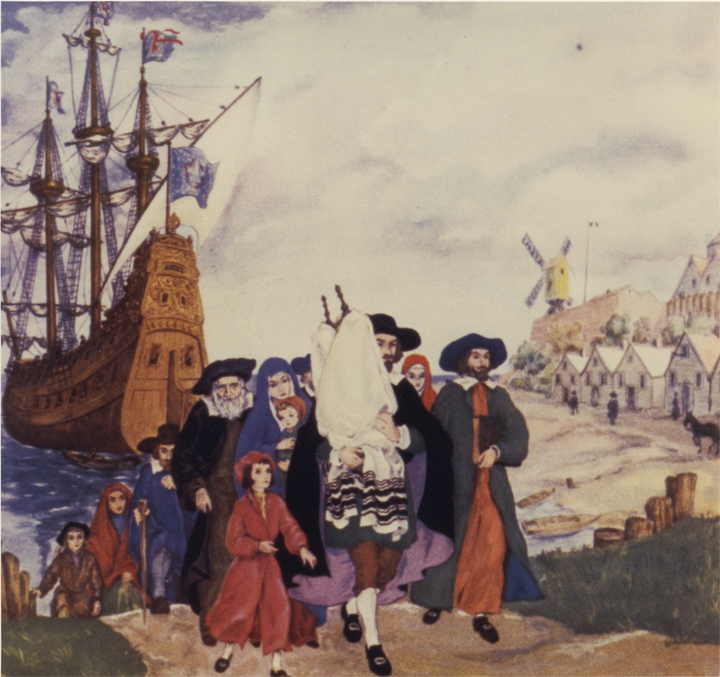
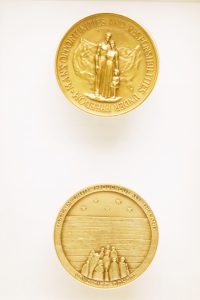
Courtesy of the Jewish Historical Society of Greater Washington.
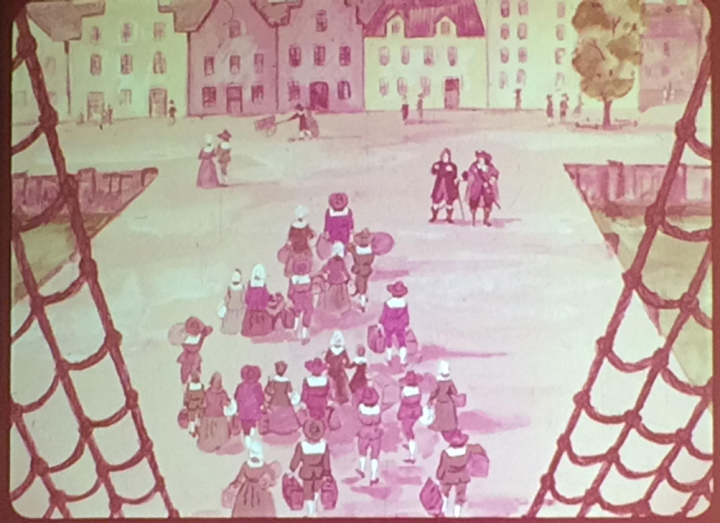
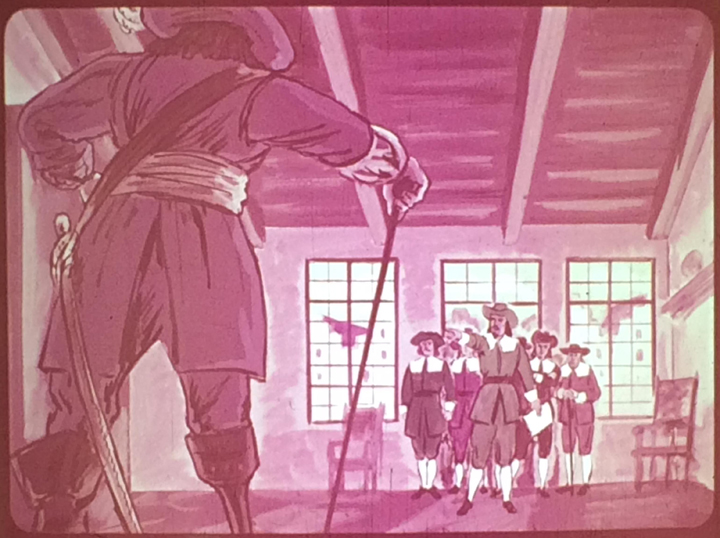
cutter by occupation, Asser Levy had an unshakable belief in the equality of man, and helped his fellow Jews win acceptance even against the opposition of the governor of New Amsterdam, Peter
Stuyvesant. Among these liberties were: the right to settle, the right to worship, the right to own property, and the right to serve in the colony’s military force.” Photo: Union for Reform Judaism
(formerly UAHC). Reproduced from the collection of the Klau Library, Cincinnati, Hebrew Union College-Jewish Institute of Religion.
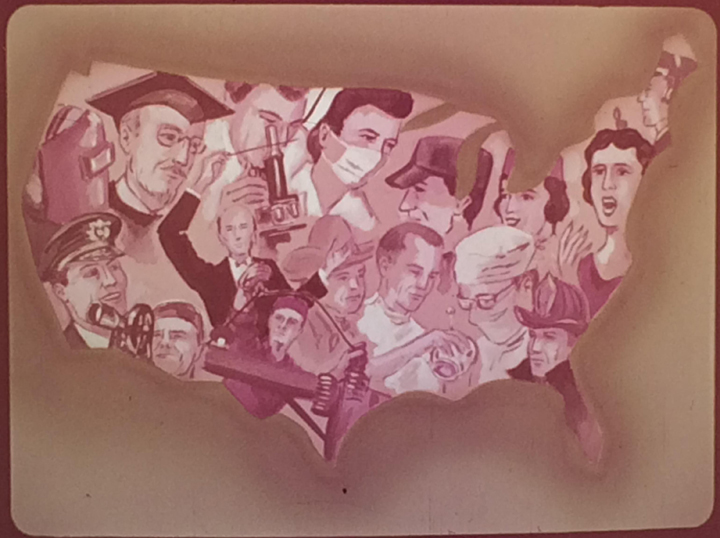
so that their country, ‘the last best hope of Earth’ may prosper and thrive as the leader of the free world.” Photo: Union for Reform Judaism (formerly UAHC). Reproduced from the collection of the Klau Library, Cincinnati, Hebrew Union College-Jewish Institute of Religion.
The need to qualify every reference to Jewish contributions with the acknowledgement that "others have done as much and others even more" seems like it would have made for a rather milquetoast celebration. Yet this qualification conveyed the essential tercentenary message that a country where Jews could be just like other (white, unmarked, middle-class) Americans was itself an extraordinary country—stronger and more vibrant than its counterparts. Only a country offering freedom rather than persecution could truly benefit from the contributions of all its citizens. The contrast to Jewish life behind the Iron Curtain was detailed explicitly—the lessons of World War II, though unnamed, would also have been self-evident.
In this context, Emma Lazarus emerged as an evocative symbol of the tercentenary. One of the rare women to find a place in the "man's opportunities and responsibilities under freedom" narrative, Lazarus embodied the theme perfectly. As portrayed in "Under Freedom," a historical pageant performed in Richmond, Virginia, the young Emma took "freedom for granted." Only when she began to understand the challenges facing her immigrant coreligionists did she become attuned to her responsibilities and invested with an "inner fire" that "opened her eyes and her heart." She became a true poet, whose words in the "The New Colossus" ultimately spoke for America. The key dynamic represented by Lazarus was the interplay of her universal (American) and particular (Jewish) identities. She could only become America's voice when she was finally able to hear and respond to the cries of her own group.
As it balanced American and Jewish identities and fought the Cold War, the tercentenary's "dignified, carefully planned celebration" allowed little room for deviation. Thus an "Under Freedom" exhibit at New York's Jewish Museum acknowledged that in order to reach the broadest possible audience, the exhibit would highlight positive shared experiences rather than minor differences and controversies. This, then, was a celebration of minority rights, where references to antisemitism, Jewish labor activism, African American rights, civil rights issues, and even Nazi persecutions were off limits.
From today's vantage point, the three hundredth anniversary commemoration's compromised narrative of freedom alerts us to the continued fragility of a community navigating the complicated postwar societal landscape. The shortcomings of their efforts should point to the pitfalls of celebrating America's realization of "man's rights and responsibilities under freedom" as a finished product. The tercentenary events, however, did offer at least one insightful and powerful rendition of the possibilities of freedom that still resonates in 2016.
Speaking at the tercentenary's closing ceremony in June 1955, the once and future presidential candidate Adlai Stevenson was able both to fully celebrate Jewish contributions and to take on the acute challenges of the moment. Stevenson spoke of an America where Jews constituted one strand in the multithreaded "fabric of American life" and "to a special degree . . . have been in the forefront of the everlasting struggle for the freedom of the mind and dignity of the individual." Stevenson took on the credo of "man's opportunities and responsibilities" as an inspiring call to action in dark times. His invocation of the theme was one that demanded redress for a "misguided" immigration policy that "strangled the flow of new talent and energy." He noted that when "free men . . . lived up to the full responsibilities of freedom" both totalitarianism and "discrimination on grounds of race or creed" would be defeated." "If we were living up rigorously to these responsibilities," he averred, "we would sternly resist all those trying to stir mistrust and suspicion." Instead, he concluded, "we would present America to the world, not as an armed camp, not as an irritable, erratic giant, but as a calm magnanimous people facing other peoples with an abiding sense of respect and good will, based on a common hope and common humanity."
No doubt, American Jews and the American Jewish community still manifest a sense of vulnerability as American identity and loyalty continue to be hotly contested. In this often grim context, it is heartening to recall Stevenson's vision both of what Jews had already contributed to create this "fresh, free United States," and what a continued commitment to freedom, informed by a "devotion undimmed by prejudice and persecution," would contribute to its future.

